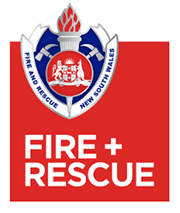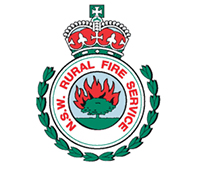Fire Safety
Do you have an escape plan?
When fire takes hold every second counts. In less than 30 seconds a small flame can get completely out of control and turn into a major fire.
Have a Plan
Every home should have a fire escape plan. Accidental home fires by their very nature can catch people unawares. Without an escape plan you are placing the lives of everybody in your home in jeopardy.
Plan your actions before a fire happens!
Draw your escape plan now!
The Fire & Rescue NSW has created a page that you can print, draw your escape plan on and when complete place somewhere prominent in your household to keep fresh in your mind (for example, on your fridge). Everyone in your household should discuss and agree about what actions should be taken if a fire was to occur.
Go to Escape plan: grid & instructions
Remember
- Plan and practice your plan.
- If your home catches fire: STAY LOW, GET OUT and STAY OUT!
- If your clothes catch fire: STOP, DROP, COVER and ROLL until the flames are extinguished.
Security bars require special precautions. Security bars can trap you in a fire. Windows and doors with security bars must have quick release devices to allow them to be opened immediately.
Tips on Home Fire Escape Plans
- Draw a floor plan of your home.
- Draw your escape plan on paper and discuss your escape plan with other occupants. Download and print your grid (PDF, 60KB)
- Make sure that windows and screens can be easily opened.
- Provide alternatives for anyone with a disability.
- Decide on a safe outside meeting place eg. near the letterbox.
- Once you get out, STAY OUT, never go back inside a burning building.
- Practice your plan at least twice a year, making sure that everyone is involved.
Never open doors that are hot to the touch. To make sure that fire is not on the other side use the back of your hand to feel a closed door. If it feels hot, use your alternate escape route.
If you live in an apartment building
- Learn and practice your building’s evacuation plan.
- If you hear the fire alarm, leave immediately.
- Use the stairs – NEVER use a lift/elevator during a fire.
- Further information about safe living in high rise buildings
Smoke alarms can save your life
Having working smoke alarms installed on every level of your home dramatically increases your chances of survival. Smoke alarm batteries need to be tested every month and replaced according to the recommendations in How do I maintain my smoke alarms.





